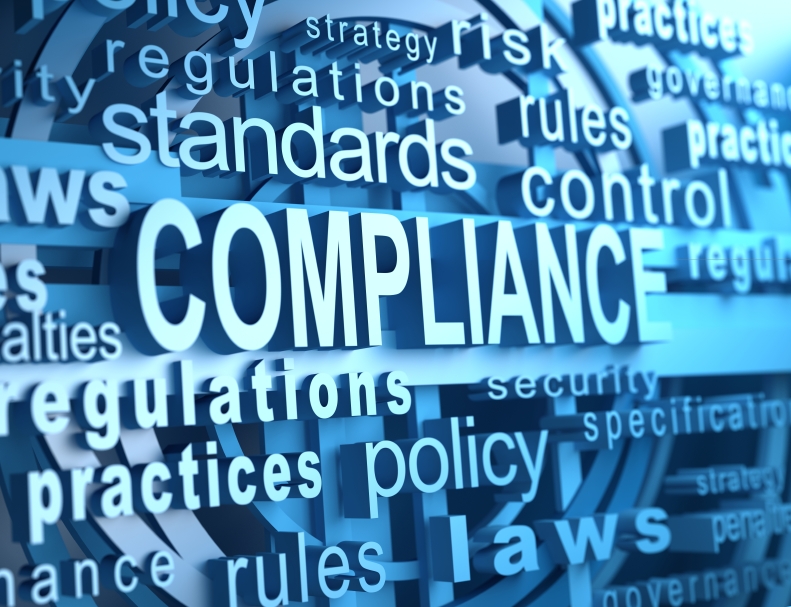Table of contents
When a leading provider of CNS (central nervous system) drugs decided to launch its first independently commercialized product in the U.S., it selected the TraceLink Life Sciences Cloud as its serialization platform, and chose TraceLink’s Automated Validation Manager (AVM) to optimize its software testing and help address frequent updates in the regulatory landscape.
TraceLink asked the director responsible for the company’s validation strategy about the advantages of going with automated validation rather than relying on costly third-party consultants. With 20 years’ experience in the life sciences as a computer validation specialist and consultant, he provides insight into the tactics that can give pharmaceutical companies a sustainable, scalable approach to meeting Chapter 11 validation requirements.
What was the company’s validation strategy?
We audit our software vendors to make sure they have good automated manufacturing processes (GAMP) in place. We use that information in our validation plan to help substantiate what we have to do if the FDA comes knocking. We partnered with TraceLink because they have adopted the practice upfront of building QA life cycle documentation for serialization.
What does the FDA expect for serialization system validation?
Once we go live with serialization, under 21 CFR Part 11, we have to be able to produce validation documentation to the FDA about when software got installed, how we met all our specified requirements, how we tested, what tools we used, and what traceability there is. It boils down to making sure we do what we say, and we say what we mean. The ability to show that TraceLink has invested in their quality systems to substantiate the validity of their software puts us in a much more comfortable place with an auditor.
Why did you choose TraceLink and AVM during pre-commercialization?
This is our first commercial product launch and we knew we only had one shot at getting our medicine to patients. We have to be risk-averse, so we took a stance to implement both serialization and AVM at product launch. With its grasp of software, serialization, and validation, TraceLink’s maturity sets their solutions apart from any other companies.
Did you consider using other validation resources instead of AVM?
Some serialization solution vendors offered to give us a person, but that would have added time to my schedule for them to figure it out. Just throwing bodies at validation isn't the solution. Even if they had templates, they would have to come in and learn our business. Time means money and having an automated solution eliminates big chunks of system testing. AVM is a no-brainer because the combination of automated tools and validation documentation reduces our cost and our time to hitting the street with serialization. AVM is also a big step in eliminating human error during validation.
How do you supplement AVM with your own validation processes?
After training and go-live, we have to have our own site policies on how to manage our serialization software, but it is our interpretation of how to run our policy based on the AVM solution. From a risk-based approach, we lay out our traceability to TraceLink’s testing and describe why no additional testing is needed. That makes the risk rationale readily available in the summary report for the FDA.
How much time and money are you able to save with AVM?
By not having to outsource validation of our serialization solution, we found that AVM saves us about 5X in consulting fees. Beyond that, we are saving quite a bit of internal time. Again, it's a no brainer to leverage all the testing we possibly can from our solution vendor. But there is an even bigger payoff with AVM when it comes to change management. Software is most dangerous when you change it, so the continuous factor that AVM provides and the fact that it covers change management is what made it so attractive to us.
About Automated Validation Manager
Automated Validation Manager (AVM) is a cloud-based service that automates the entire validation life cycle of the TraceLink Life Sciences Cloud, with automated testing and confirmation to ensure all current software capabilities align with industry standards such as GAMP 5. When TraceLink provides software updates, AVM ensures all current TraceLink software capabilities are performing as intended. With AVM, companies have access to required validation documentation—at the time of each release—without the need for manual, paper-based procedures.


